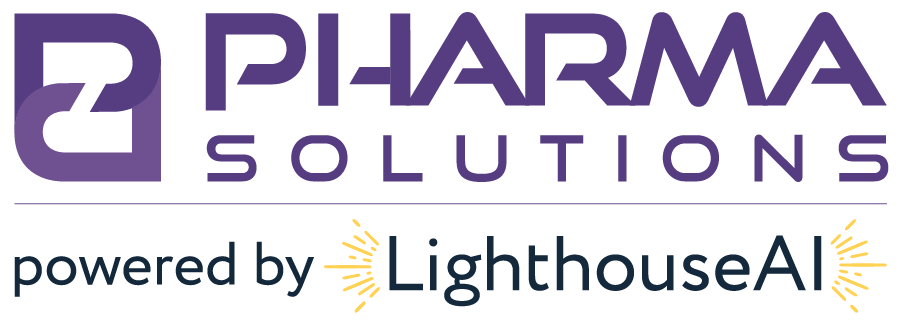The Increasing Trend of Drug Price Transparency
There are presently nineteen states with drug price transparency laws, and an additional ten more states who have legislation pending. With disparate calculation and application, drug price transparency is beginning to really weigh on the drug supply chain.
Background
Drug prices have long been a controversial issue as the American public balances between support for innovation and prudent healthcare spending. In an effort to curb increasing drug prices 19 states have passed legislation including CA, CO, CT, LA, ME, MN, NV, NH, NJ, NM, ND, OR, TX, UT, VT, VA, WA and WV. These laws are designed to incentivize manufactures to lower drug prices by requiring them to report information about drug price increases and their justification for how drug prices are set.
The Current Transparency Problem At Hand
The biggest issue with drug transparency reporting is that there is little to no consistency across jurisdictions (as with all things state regulation!). Due to a lack of federal legislation, there are varying requirements across the different states. Some require reporting prior to a price increase, some are periodic, and some are triggered by the introduction of a new drug. Additionally, because legislation at the federal level is lacking, the likelihood of even more states introducing their own legislation will only add to the complex and different landscape of drug price transparency laws. Although the laws are new in most states, the fines are often high and diligently enforced such as $17.5 million dollars in fines in California, and $17.5 million dollars in fines in Nevada.
Legislative Action
A plan for lowering prescription drug costs was also recently released by HHS Secretary Xavier Becerra. Specifically, the recommendations to Congress and executive actions includes a segment on how to slow price increases: HHS “encourages Congress to address situations in which manufacturers increase pharmaceutical prices faster than the rate of inflation. As discussed in the Introduction, price increases for existing drugs are sometimes exorbitant, in some cases doubling in just a few years – or even faster – with no clinical reason for an underlying price change.
Read the full details of the proposed HHS plan & fact sheet PDFs here: https://www.hhs.gov/about/news/2021/09/09/hhs-secretary-xavier-becerra-releases-bold-proposal-lower-prescription-drug-costs.html




0 Comments